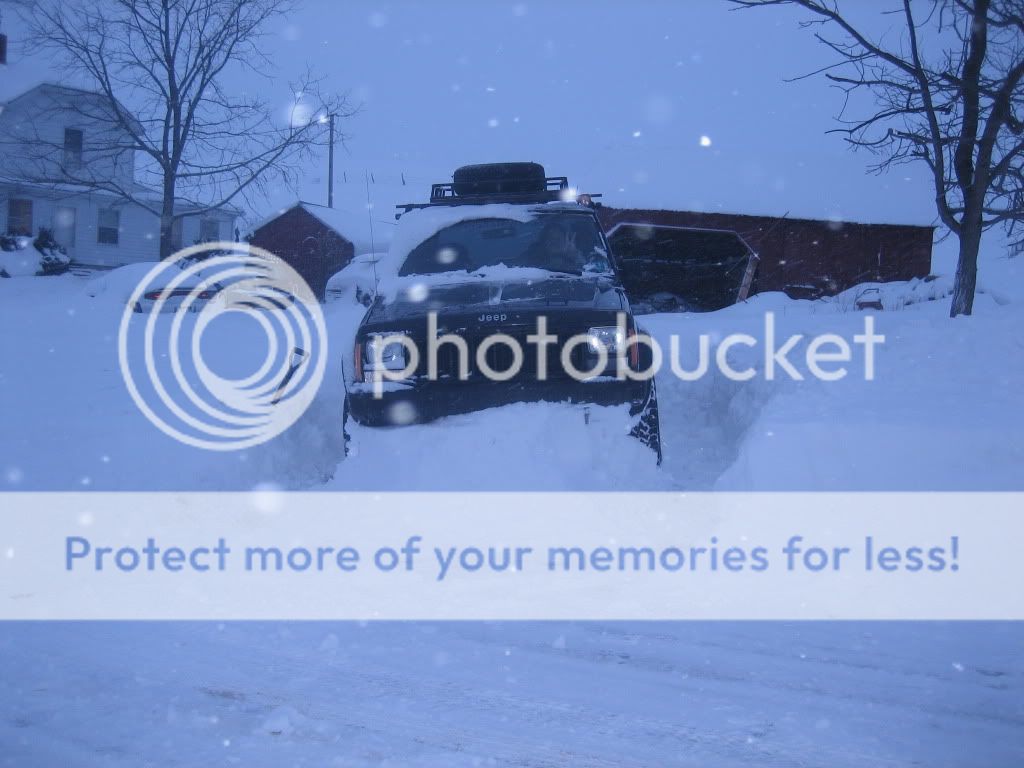westvirginia24976
NAXJA Forum User
- Location
- west virginia
What does that consist of for the East coast. I won't be rock crawling or mud bogging, but if I were to go on one of the organized trail runs in a neighboring state or two, what would I need? I don't know how difficult the trails are or whether you split into groups of roughly the same capabilities. Obviously locked 37's and armor out the wazoo is better than stock, but I'm looking for a starting point.

 guys and not be left behind is a good goal, there are guys in every area of the US with everywhere from 30's to 37's. So finding guys to wheel with shouldn't dictate the severity of modifications you want to do to your jeep. But, then again, thats just my opinion
guys and not be left behind is a good goal, there are guys in every area of the US with everywhere from 30's to 37's. So finding guys to wheel with shouldn't dictate the severity of modifications you want to do to your jeep. But, then again, thats just my opinion 